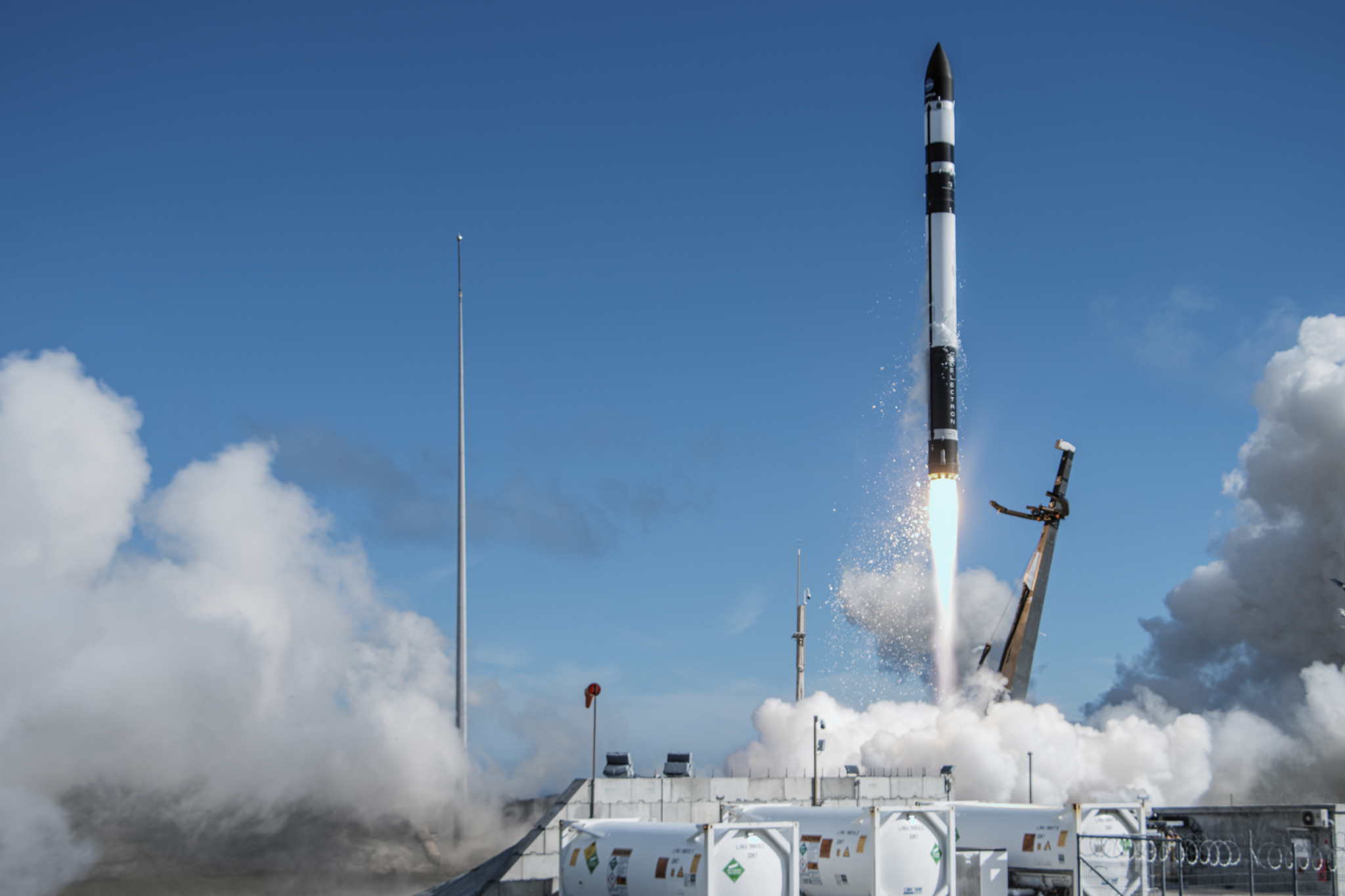Multimedia

Ozone anomaly map

Fig. 8: Annual-mean total column ozone anomaly (as a percent) in the “ambitious growth” scenario (ALL relative to REF). Stippling indicates where the anomaly is not statistically significant (95% confidence interval).
- File size: 566.5 KB
- Attribution: Revell et al. (2025)
- Permission category: © - Only use with this story
- Last modified: 08 Jul 2025 11:54pm
- NOTE: High resolution files can only be downloaded here by registered journalists who are logged in.
Attachments
Note: Not all attachments are visible to the general public. Research URLs will go live after the embargo ends.


Journal/
conference: npj Climate and Atmospheric Science
conference: npj Climate and Atmospheric Science
Research:Paper
Organisation/s:
University of Canterbury
Funder:
L.E.R. and M.T.B. appreciate support by the Rutherford Discovery Fellowships from New Zealand Government funding, administered by the Royal Society Te Apārangi. T.F.M.B. received financial support from the University of Canterbury. S.V. was supported by the ETH Research grant no. ETH-1719-2, by the Harvard Geoengineering Research Programme as well as by the Simons Foundation (grant no. SFI-MPS-SRM-00005217). T.S. acknowledges support from the Swiss National Science Foundation (grant no. 200020-182239), the Karbacher Fonds, Graubünden, and the Simons Foundation (SFI-MPS-SRM-00005208). J.D. was supported by NASA grant 80NSSC23K1001. E.R. was partly supported by Saint-Petersburg State University (research project 124032000025-1). Simulations were performed at the ETH cluster EULER and Swiss National Supercomputing Centre (CSCS) under project s1191. M.T.B. appreciates discussions with the IAU CPS.



 Australia; New Zealand; International
Australia; New Zealand; International


